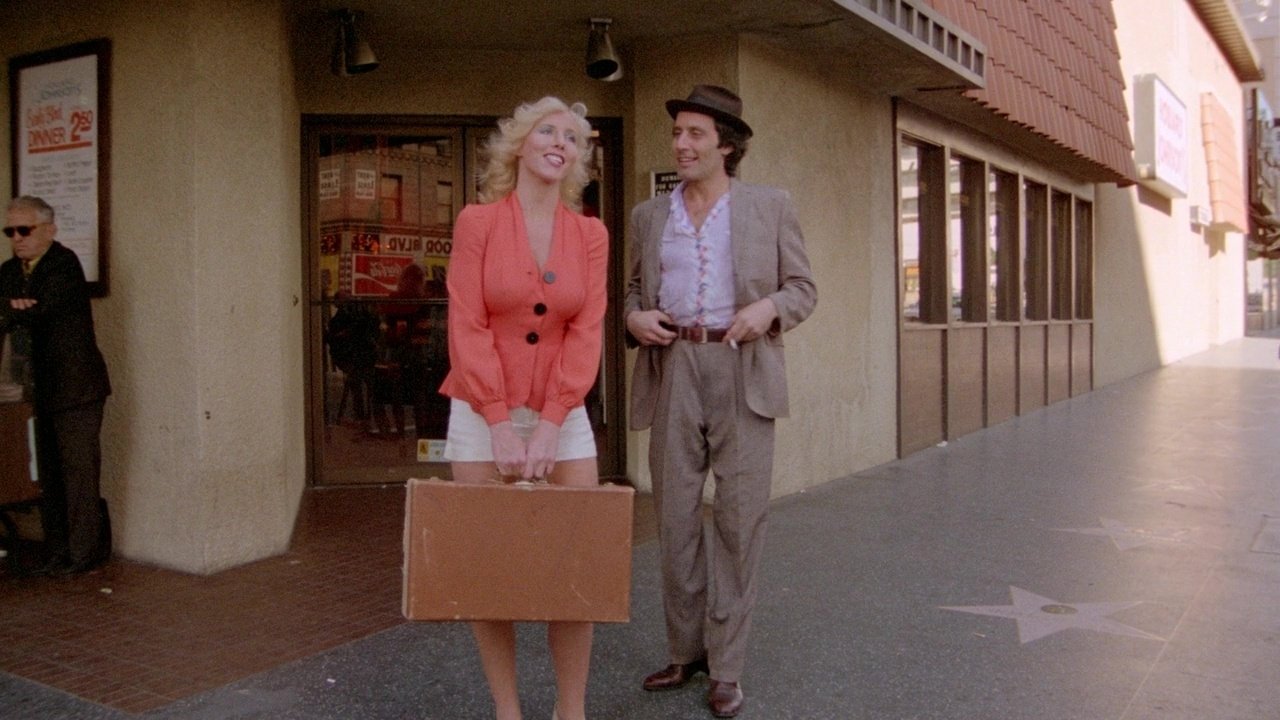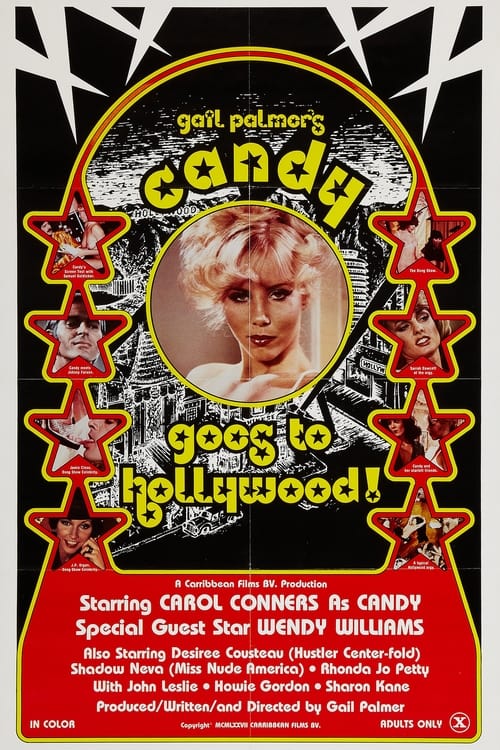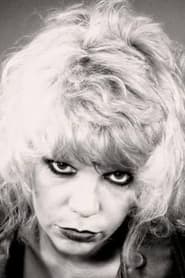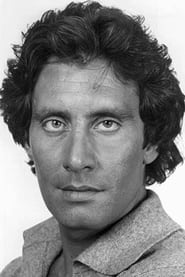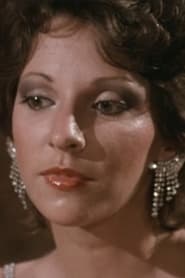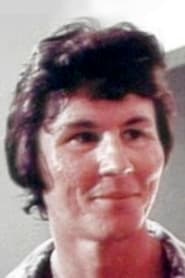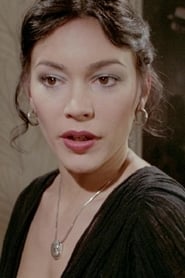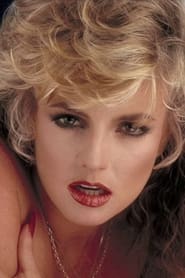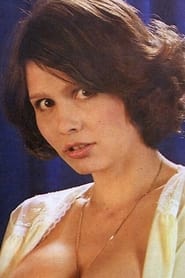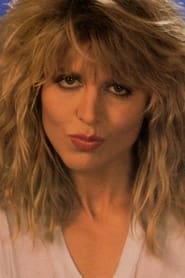Cast
View AllCarol Connors
as Candy
Wendy O. Williams
as Herself
John Leslie
as Johnny Dooropener
Richard Pacheco
as Chuck Bareass
Phaery Burd
as J.P. Organ
Jack Birch
as Rex P.
David Pinney
as Jamie Close
Gary Grime
as Johnny Farson
Turk Lyon
as Samuel Goldicker
Delania Raffino
as Samantha
Rhonda Jo Petty
as Sarah Dawcett
Shadow Neva
as Stripper
Desiree Cousteau
as Hustler Magazine Centerfold (segment "Party Scene")
Sharon Kane
as Aspiring Actress (segment "Party Scene")
John Wade
as Doc Revenson (segment "Party Scene")
Crew
Director
- Gail Palmer
Writer
- Gail Palmer
- T. James Write
Producer
- Gail Palmer
- Harry Mohney
Reviews
dennyjt
In this sequel, Connors seems even more simple-minded than before, but just as delectable and curvaceous. She arrives on Hollywood Boulevard, for some fine location shots, quickly being picked up by Leslie as a sleazy car dealer/hypnotist posing as an agent. He gets her a number of jobs, all involving her having sex with shady scumbags, while remaining oblivious to their motives. The best is a parody of “The Gong Show”, renamed “The Dong Show”. It all ends with a big orgy scene. Sex is frequent and explicit, but the scenes are straight forward without the gymnastics seen modern films. Again, the biggest plus is the leading lady who is again a stellar performer and beauty. The soundtrack this time is tragically non-stop disco.
Jan 23, 2024
Thematic Analysis
Candy Goes to Hollywood represents a fascinating example of Comedy cinema, offering viewers a unique perspective on the human experience and societal structures. The film's approach to its themes demonstrates a creative vision that distinguishes it within its genre.
Director Gail Palmer brings their distinctive visual style to this film, continuing their exploration of themes seen in their previous works while adding new elements. Their approach to pacing and visual storytelling creates a viewing experience that rewards close attention.
Released in 1979, the film exists within a cultural context that now offers viewers historical perspective on the social issues of that era. Its reception demonstrates the diverse reactions to its artistic choices and its place in cinema history.
Did You Know?
- The production of Candy Goes to Hollywood took approximately 32 months from pre-production to final cut.
- The final cut of the film runs for 88 minutes, though the director's initial assembly was reportedly 142 minutes long.
- Several scenes were filmed in multiple locations to capture the perfect setting.
- The costume department created over 282 unique costume pieces for the production.
- The musical score contains over 54 unique compositions.
Historical Context
- In 1979, when this film was released:
- Economic recession and oil crises were affecting global economies.
- Environmental awareness was growing as a social concern.
- The film industry was dominated by major studios, with independent cinema still in its early development.
How This Film Stands Out
While Candy Goes to Hollywood shares thematic elements with other films in its genre, it distinguishes itself through its unique approach to storytelling, visual style, and character development.
Unlike City Hunter, which takes a more conventional approach to its subject matter, Candy Goes to Hollywood subverts genre expectations by exploring its themes with greater nuance.
While films like Hollywood Hobbies and Sharknado 5: Global Swarming explore similar territory, Candy Goes to Hollywood stands apart through its deeper exploration of its central themes and more complex characterization.
This film's unique contribution to cinema lies in its thoughtful balance of entertainment value and thematic depth, making it a valuable addition to its genre.
Details
- Release Date: January 1, 1979
- Runtime: 1h 28m

